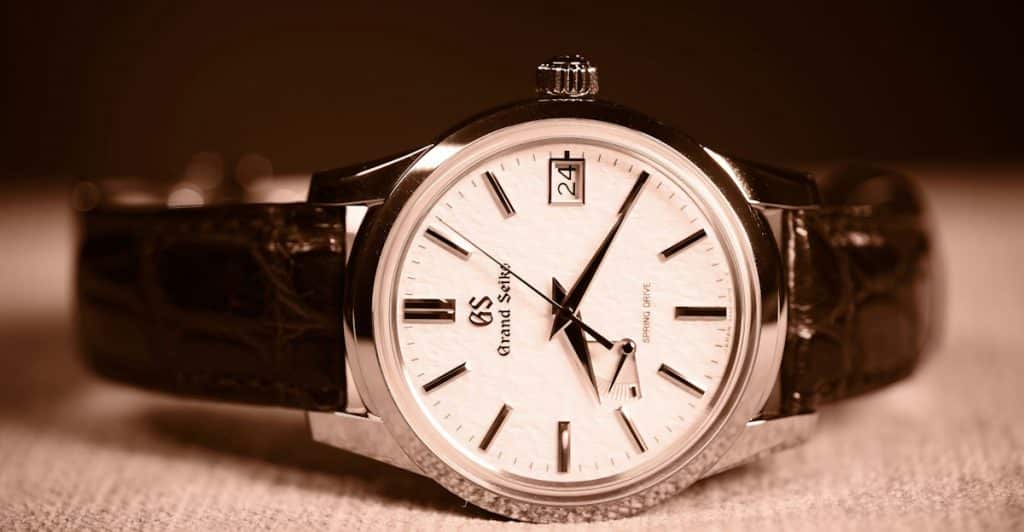
A vintage watch carries more than gears and hands inside that case. It holds a bit of history, some personality, and for many collectors… a quiet obsession.
These aren’t just accessories; they’re conversation starters, status symbols, and in some cases, museum pieces you can wear on your wrist.
Some of the most legendary watches weren’t even appreciated in their own time. But people are starting to admire these instruments not just because of their history, but also their unique and intricate designs.
Here’s the definitive list of 11 vintage icons that still drive the watch world wild today.
Rolex Submariner 5513
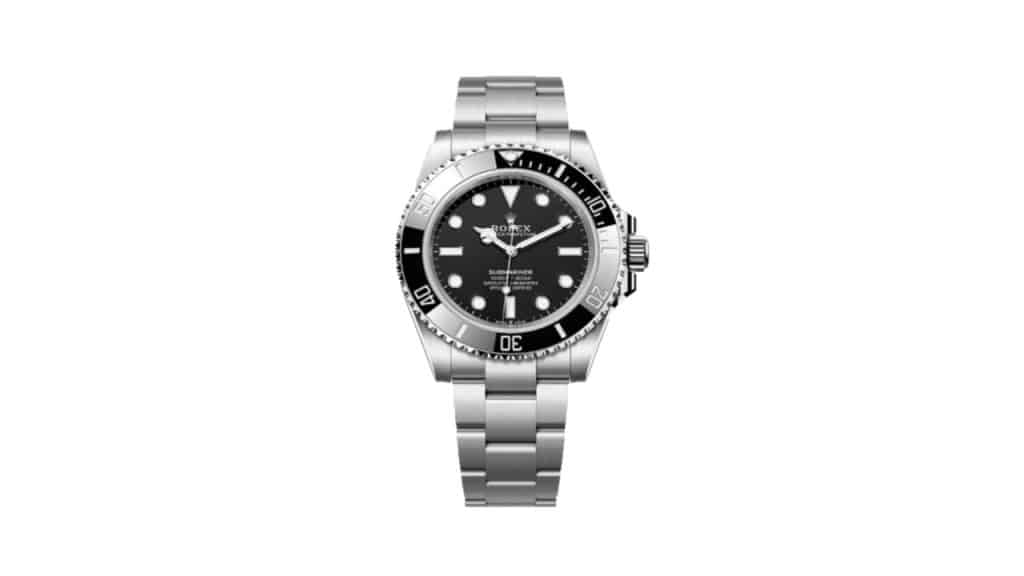
You don’t need to be a diver (or even a watch nerd) to know the Rolex Submariner. But the 5513? That’s the cool uncle of the family. Released in the early ‘60s, this reference gained pop culture immortality when Sean Connery wore it in Dr. No.
Collectors love its no-date dial and matte finish, which feel refreshingly simple compared to the over-designed pieces flooding the market now. It’s that clean, symmetrical look that makes you pause. It doesn’t try too hard… and that’s exactly why it works.
Omega Speedmaster Professional
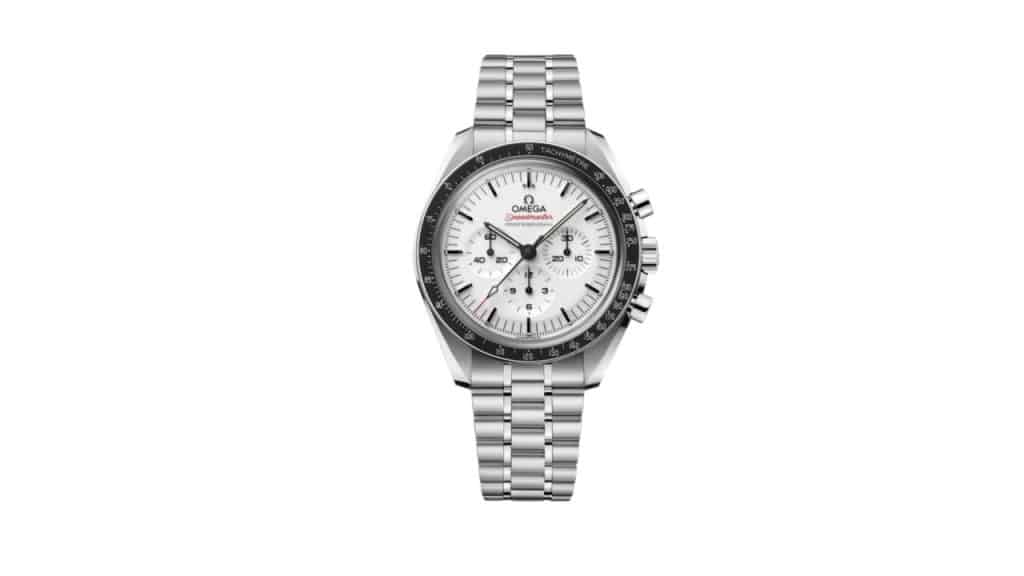
There’s something deeply romantic about a watch that’s been to the moon. The Omega Speedmaster Professional, lovingly nicknamed the “Moonwatch,” was chosen, tested, abused, and certified by NASA in the 1960s and accompanied astronauts on some of humanity’s boldest adventures.
And yet, its charm isn’t only in the resume. That crisp black dial, the tactile chronograph pushers, the sturdy bracelet. All of these tell a story of durability and elegance.
Owning a Speedy is like wearing a piece of space-age optimism on your wrist. How many watches can replicate that?
Heuer Monaco 1133B
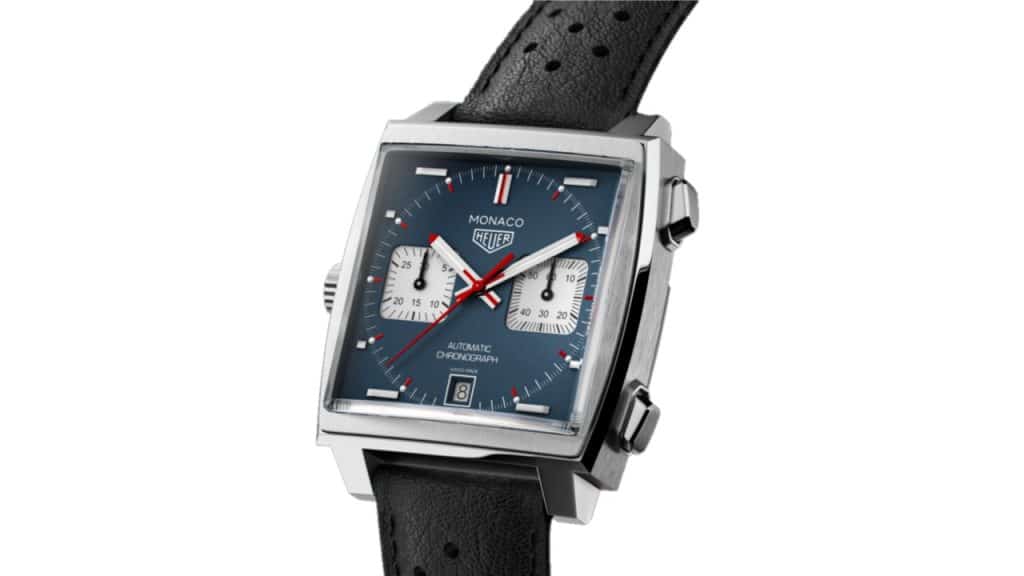
The Monaco is one of those watches that makes you do a double-take. The square case alone is a bold move, but the deep blue dial with contrasting red hands? That’s a vibe.
Then you add in Steve McQueen, who wore it in Le Mans, and boom, you’ve got legend status.
Launched in 1969, the Monaco 1133B was also one of the first automatic chronographs. But let’s be honest, most people come for the look. It’s funky, a bit rebellious, and feels more like a design object than a tool.
Collectors hunt for early models with the Calibre 11 movement. They’re not cheap, but they are unmistakable. And sometimes, that’s worth every penny.
Why Vintage Watches Just Feel Different
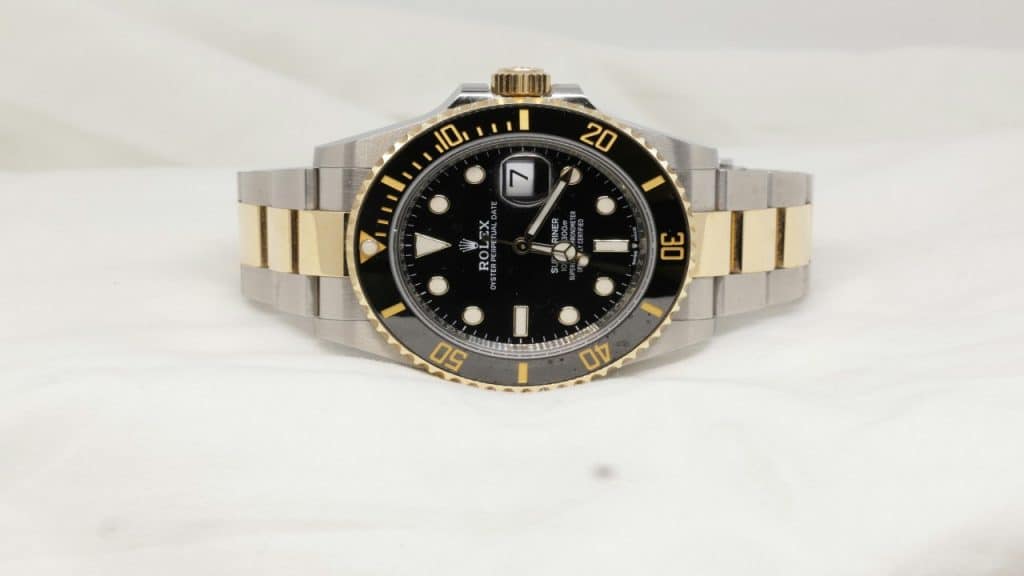
There’s a tactile charm to vintage watches that’s hard to put into words. The weight of the case, the slight rattle of an older bracelet, even the way the lume has aged to a soft, buttery patina.
New watches? Sure, they’re technically impressive. But vintage? That’s where the soul is. You’re wearing something that’s survived decades, that’s lived a life before you. Every nick and scratch has a backstory.
Somehow, that just makes it more yours.
Patek Philippe Calatrava 96

Not every vintage grail screams for attention. Some just raise an eyebrow and nod quietly, which is exactly what the Calatrava 96 is all about.
First introduced in the 1930s, it’s as refined as they come: slim profile, clean dial, and an aura that says “old money” without needing to flash it.
Patek Philippe nailed the proportions on this one. There’s something calming about its symmetry, its simplicity. It feels like the kind of watch a European aristocrat would wear while reading the morning paper with an espresso.
It’s subtle, yes, but collectors know. And those who know… well, they tend to have pretty remarkable taste.
The Collector’s Mindset: It’s Not About the Flex
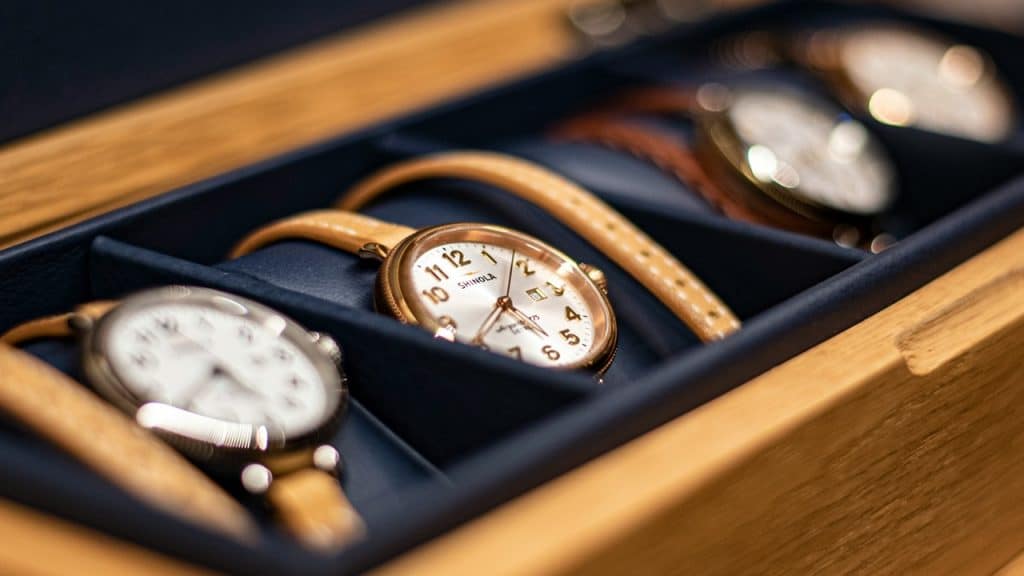
To outsiders, collecting watches might seem like a flashy game. Who’s got the biggest brand, the rarest reference, and the thickest auction catalog?
But talk to real collectors and they’ll tell you it’s about the chase. The thrill of discovering a forgotten gem in a dusty pawnshop or a long-lost model on a Japanese forum at 2 AM.
And then there’s the research. You learn dial variants, production years, and movement quirks. You fall down rabbit holes of font types and lug widths, discovering how intricate and unique these timepieces are.
Rolex Daytona “Paul Newman”
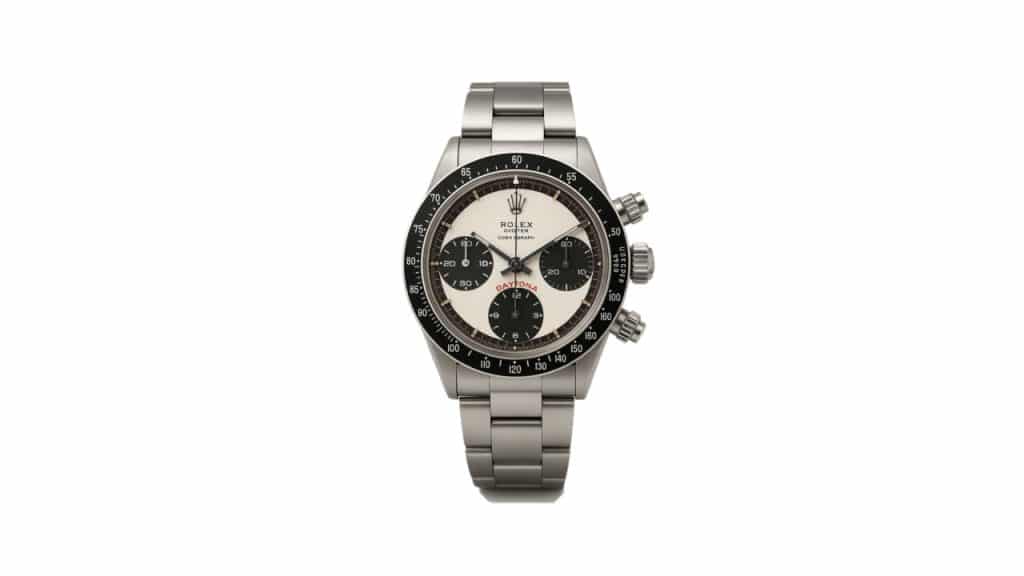
Here’s the thing: the Paul Newman Daytona wasn’t always hot. In fact, for years, they were the models that didn’t sell. Collectors passed them up in favor of more conventional dial layouts. Funny how things change, right?
Everything flipped when Paul Newman’s personal Daytona sold for a jaw-dropping $17.8 million. Suddenly, everyone wanted in. What makes it special is the exotic dial, with its Art Deco numerals, contrasting subdials, and those little squares in the registers.
It’s bold, it’s rare, and frankly, it’s a flex. Today, spotting one in the wild is like seeing a unicorn. And if you own one? Well… you’ve got something that’s basically currency in the watch world.
Audemars Piguet Royal Oak 1972
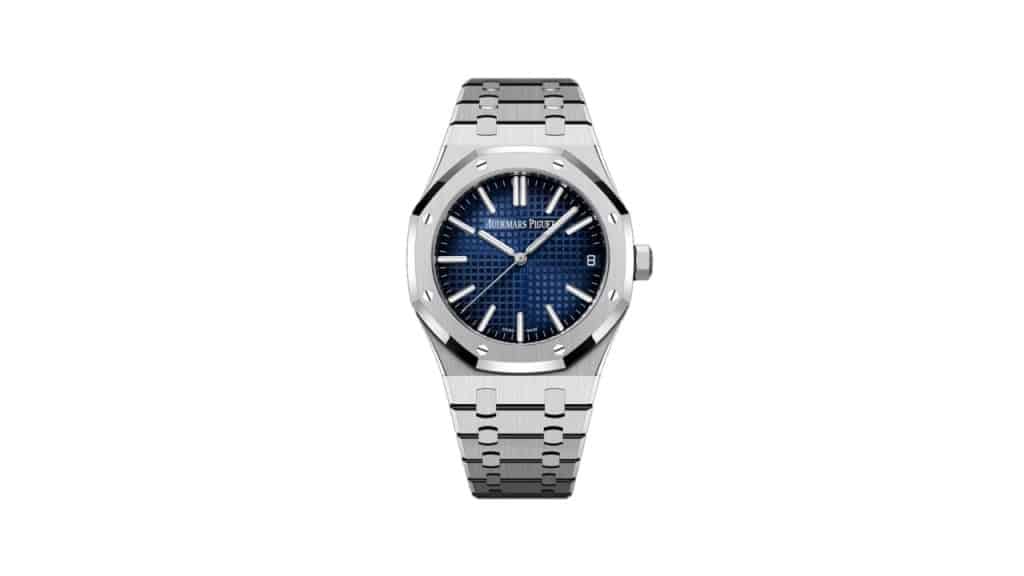
Steel and luxury didn’t always go hand in hand. Before the Royal Oak, high-end watches were gold (or at least trying to look the part).
But when Audemars Piguet launched the Royal Oak in 1972, designed by Gérald Genta, it flipped the script.
That octagonal bezel? Screwed down tight like a ship hatch. The tapisserie dial? Almost hypnotic. It was industrial, edgy, and unapologetically different.
The A-Series, the very first batch, is especially coveted. Back then, it was controversial. Now? It’s a holy grail.
Seiko 6139
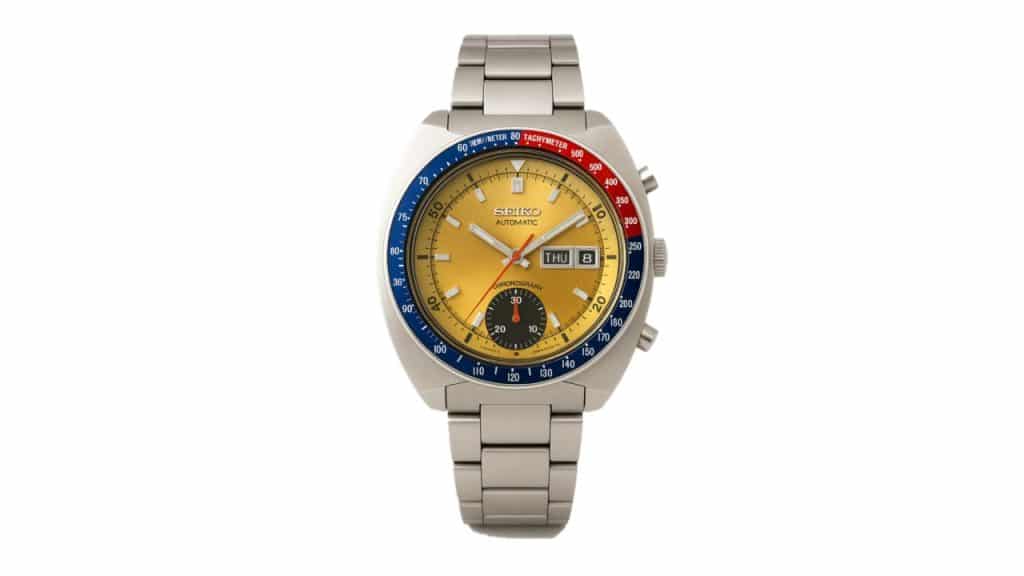
Not every vintage icon costs as much as a small car. The Seiko 6139 proves that watch greatness can be accessible. Released in 1969, it’s one of the contenders for the “first automatic chronograph” title, depending on who you ask (and how long you’re willing to argue).
What’s not debated is its appeal. Bright colors, chunky case, reliable movement; it’s pure ‘70s charm. One even hitched a ride to space on astronaut William Pogue’s wrist, earning it the nickname “Pogue.”
It’s still relatively affordable, and that makes it all the more lovable. Not every collector piece has to come with a security escort.
Not All Vintage Watches Are Created Equal
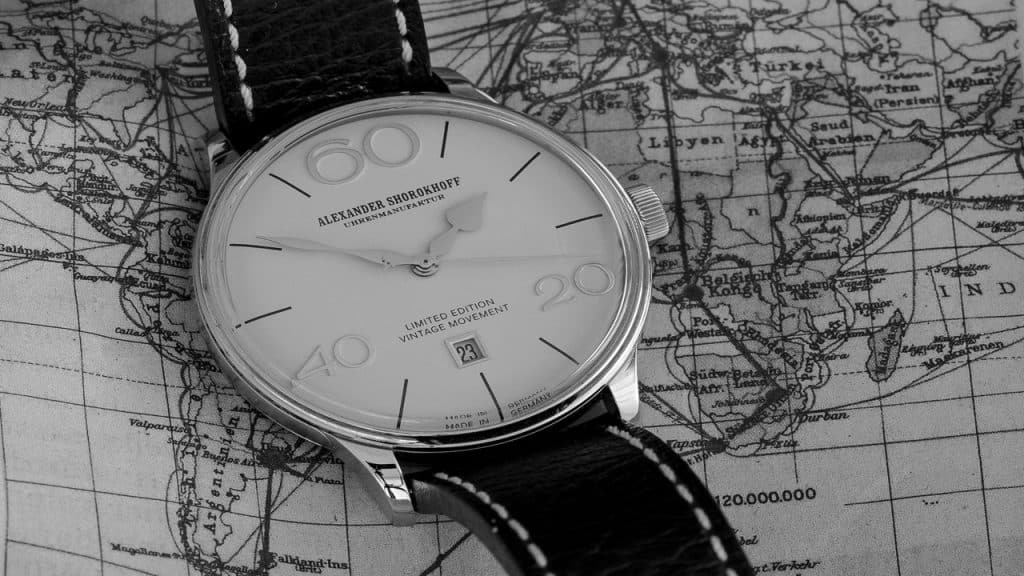
Here’s a tough pill to swallow: not every old watch is valuable. Age alone doesn’t make something collectible. It’s about condition, provenance, rarity, and sometimes just plain luck.
Two watches from the same year can differ wildly in price depending on one detail: the dial, the caseback engraving, or even which market it was sold in.
Patina? Loved. Water damage? Not so much. Original bracelet? Bonus points. Repainted dial? Major red flag. The vintage world rewards those who study the details and punishes those who don’t.
Cartier Tank

The Cartier Tank has never tried to be rugged. It doesn’t care about water resistance or complications. It’s here to look good, and wow, does it succeed.
Designed in 1917 and inspired by military tanks (ironic, right?), the Tank became a favorite of icons like Jackie Kennedy and Andy Warhol. Its rectangular case, Roman numerals, and chemin de fer minute track scream elegance.
Older models, especially manual-wind Tanks from the mid-century, are collector catnip. They’re not sporty, and they’re definitely not overbuilt; they’re timeless. And sometimes, that’s the most powerful look of all.
Zenith El Primero A386
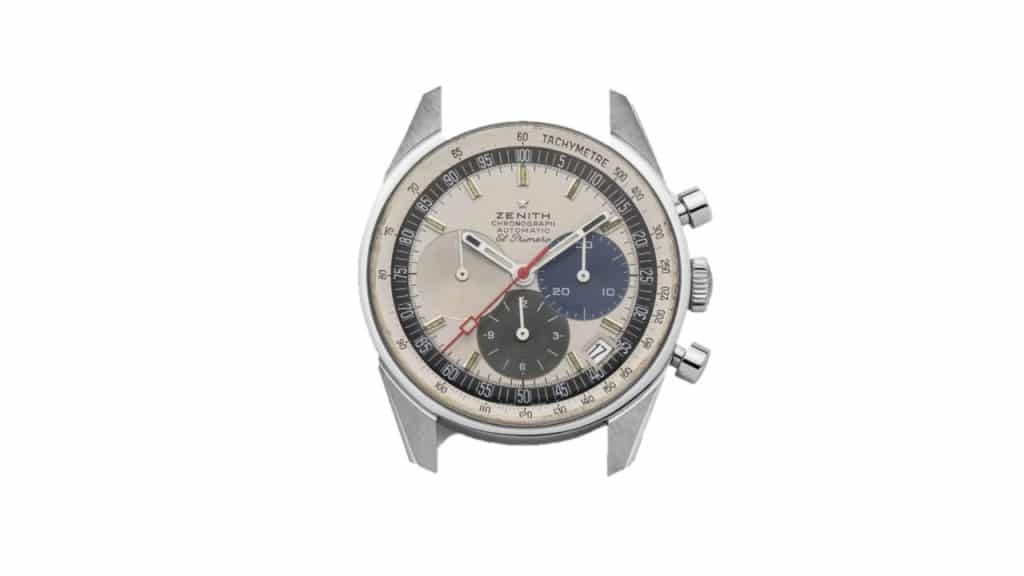
The name “El Primero” says it all. It’s the first chronograph launched by Zenith in 1969 with their El Primero movement. The A386, with its trio of colored subdials, is arguably the prettiest of the bunch.
Here’s a twist: Rolex actually used a modified El Primero movement in its Daytona models for years. That’s how good it was during its time.
Collectors love the A386 not just for its technical chops, but for how fun it looks. It doesn’t take itself too seriously, and that’s oddly rare in vintage circles.
Jaeger-LeCoultre Reverso
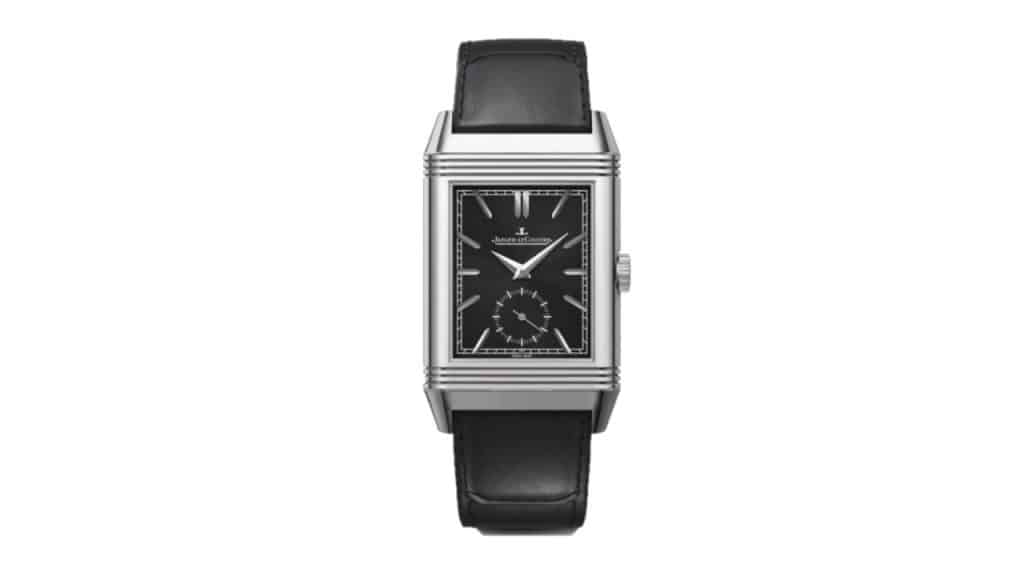
Most watches stay pretty… static. But the Reverso? It flips. Literally. Designed in the 1930s for British polo players in India, its reversible case protected the crystal during matches.
But it’s more than a novelty. The rectangular case and art deco vibe make it feel straight out of a black-and-white film. Vintage Reversos are rare, especially in good condition, but the payoff is worth it.
It’s clever, classic, and just a little unexpected, just like finding a secret compartment in a very expensive box.
When the Watch Becomes a Heirloom
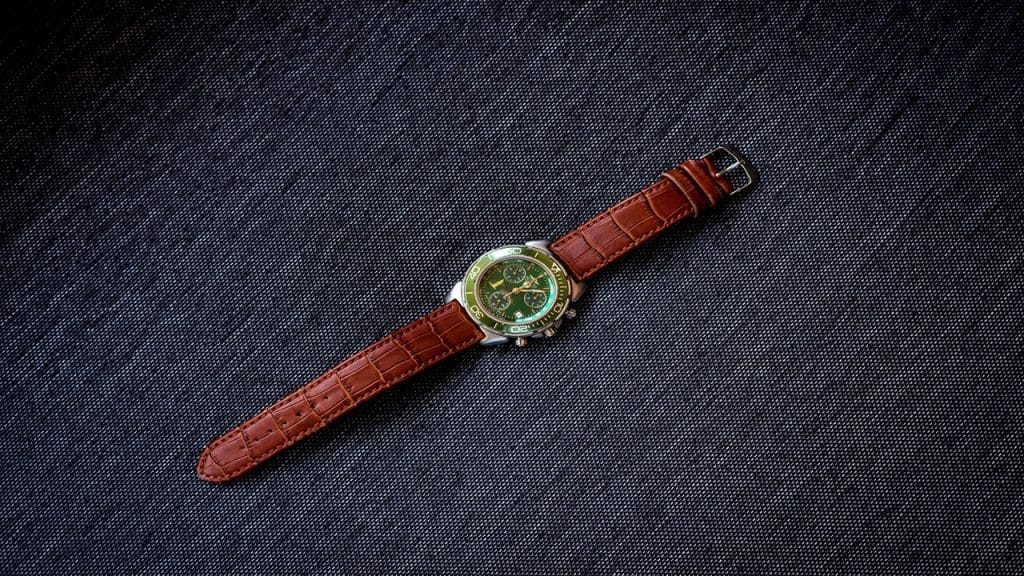
Here’s where it gets emotional. For many collectors, the real goal isn’t resale value, but legacy. You wear the watch, love the watch, and then one day, you pass it on. To your kid. A nephew. A goddaughter who always admired the way it looked in the sunlight.
Suddenly, it’s not just yours anymore. It becomes part of a story that continues without you. That’s the beauty of vintage watches. Its time doesn’t stop when yours does. It just keeps ticking, one generation at a time.
Blancpain Fifty Fathoms

Before the Submariner made waves, the Fifty Fathoms was already exploring the deep. Released in 1953, it was built for French Navy combat divers, and it shows in its design language. Large bezel, bold lume, and no-nonsense durability.
It’s low-key, underappreciated, yet historically significant in the realm of vintage watch collectors. It’s not trying to be a rockstar, but it’s absolutely earned its stripes.
Timeless for a Reason

Vintage watches aren’t just relics. They’re living, ticking pieces of culture. Each one has a story, a reason why someone wore it, kept it, or passed it down. Whether you’re deep into collecting or just starting to feel the itch, these icons offer more than bragging rights.
They remind us of craftsmanship, of moments that mattered, and of the strange magic that happens when a mechanical object becomes deeply personal.
Maybe it’s “just a watch” at the end of the day. But a vintage watch collector will beg to differ.



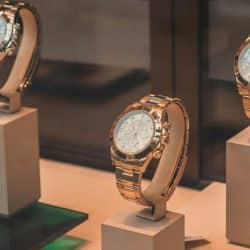


Ask Me Anything